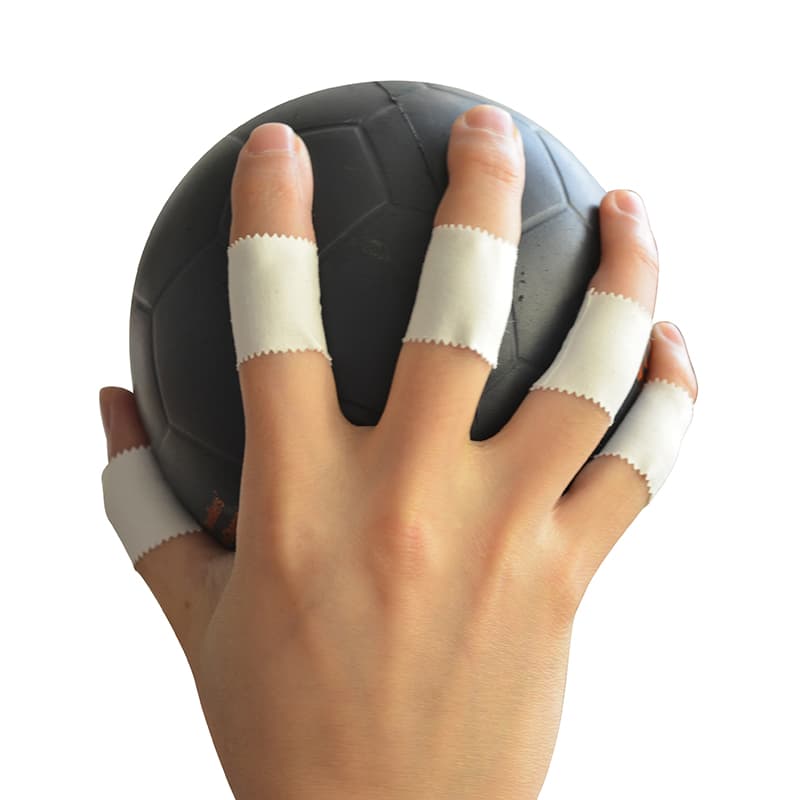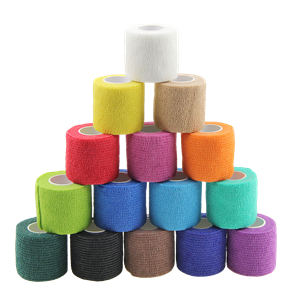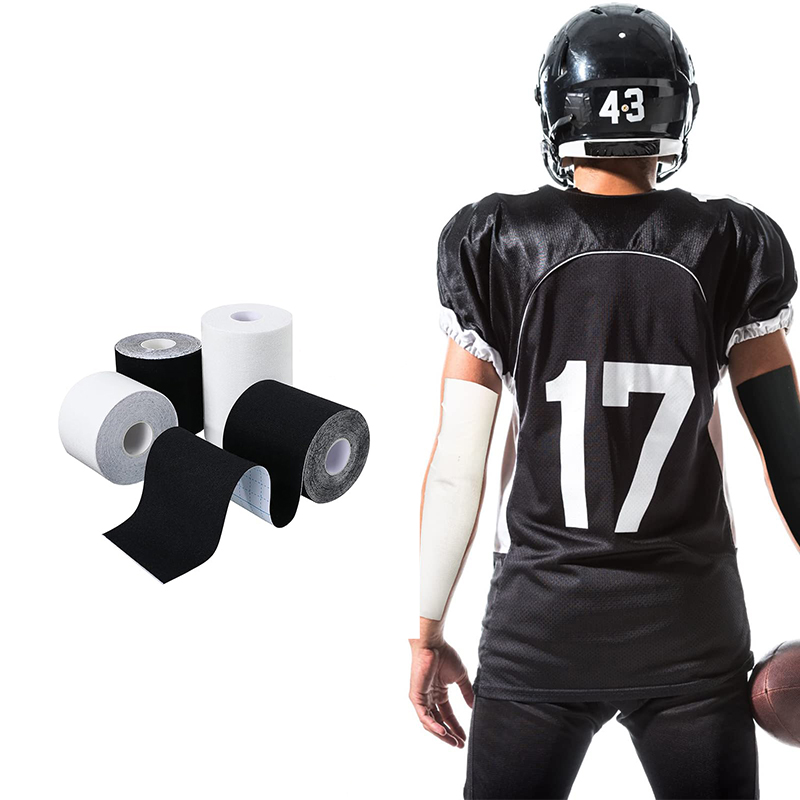Finger cohesive bandages help to prevent injuries to fingers and toes when they’re squeezed “too tightly” by the bandage. While other methods exist, finger cohesive bandages are extremely popular and often used by athletes as well as people who are just getting into sports. Learn more about these bandages in this article.
What Is a Finger Cohesive Bandage?
A finger cohesive bandage is a type of adhesive bandage that is designed to be used on fingers. Finger adhesive bandages are typically made from a soft, flexible adhesive and are often coated in a layer of healant to help keep the wound closed. Finger adhesive bandages are usually applied by wrapping them around the finger and then pressing the bandage against the skin to create an seal.
Finger cohesive bandages can be used for a variety of purposes, including treating blisters, cuts, and wounds. They are also commonly used to help prevent infection in wounds. Finger adhesive bandages are easy to apply and remove, making them ideal for use in situations where time is important or where access to medical care is limited.


How to Apply a Finger Cohesive Bandage?
Finger cohesive bandages are a great way to prevent blisters and injuries in your fingers. The bandage is wrapped around the finger and then stuck to the skin with a adhesive. This makes it easy to keep your fingers clean and protected.
To use a finger cohesive bandage, first make sure that you have the correct size bandage. Most finger adhesive bands come in three sizes: small, medium, and large. Make sure to choose the right size for your fingers.
Next, take off any rings or other jewelry that may be interfering with the adhesive. Cut off any excess bandage material so that it’s just covering your fingernail.
Apply pressure to the bandage with your fingertips until it’s completely sticked to your skin. Leave the bandage on for at least four hours, or as long as overnight if necessary.
Things You Should Know About Finger Cohesive Bandages
Finger cohesive bandages are a popular type of bandage because they are easy to apply and have a high degree of adhesion. Finger adhesive bandages are also useful for covering cuts or bruises on the fingers. There are two types of finger adhesive bandages: flexible and semi-rigid. Flexible finger adhesive bandages are easier to apply, but they may not be as effective at adhering to the skin. Semi-rigid finger adhesive bandages are more effective at adhering to the skin, but they may be less flexible.
Advantages and Disadvantages of Using a Finger Cohesive Bandage
A finger cohesive bandage is a type of bandage that is made of a soft, stretchy adhesive material. Finger adhesive bandages are often used to help heal cuts on fingers. They are also used to hold objects in place while the skin heals.
Advantages of using a finger cohesive bandage include that they are easy to apply and remove. They can be placed in minutes and can be removed without leaving any residue or damage behind. Finger adhesive bandages also have good adhesion properties, which means they will stay in place even when the skin around it is moving.
Disadvantages of using a finger cohesive bandage include that they may not be as durable as other types of bandages. Additionally, finger adhesive bands may not stick very well to wet or greasy skin, so they may not be effective at holding objects in place during activities that involve water or oils.

Tips and Tricks for Using the Finger Cohesive Bandage
When it comes to using a finger cohesive bandage, there are many tips and tricks that you can use to make the process easier. Here are a few:
- Make sure the bandage is tightly fitted around your finger. This will help minimize movement and help reduce the risk of infection.
- If possible, avoid using cold or warm water to clean the wound. Doing so may cause further irritation or swelling.
- Apply pressure to the wound with a cloth or other object as needed to keep it closed and reduce swelling.
- Repeat these steps as necessary until the bandage is no longer effective or until the injury has healed completely.


Conclusion
If you or someone you know has suffered a finger injury, the first step is to seek medical assistance. After the injury has been treated and stabilized, it’s important to immobilize the finger as much as possible. One of the most popular immobilization methods is with a finger cohesive bandage. Finger cohesive bandages are made from elastic material that forms a tight seal around your injured fingers and prevents movement. They are available in various sizes to fit virtually any hand size, so they’re perfect for both individuals and families. If you’re looking for an effective way to treat a finger injury, consider investing in a finger cohesive bandage!



